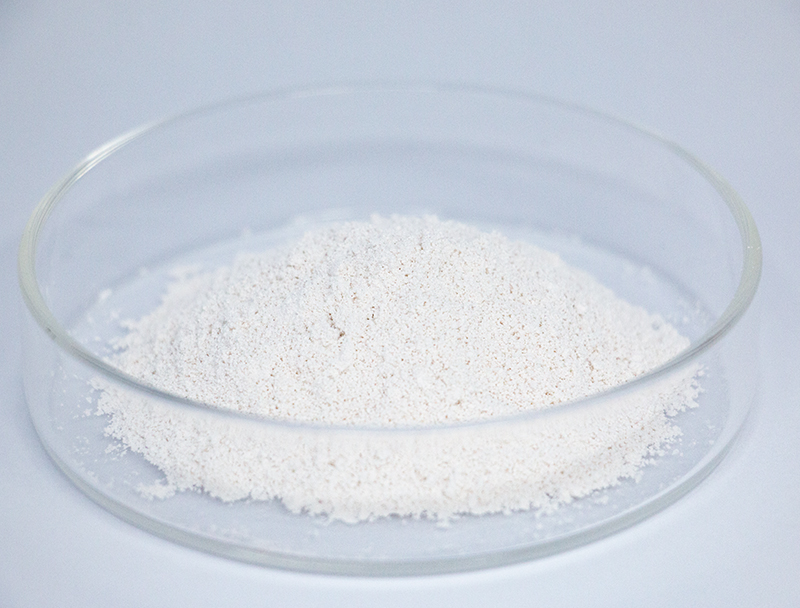
Biomanufacturing relies heavily on a diverse spectrum of primary inputs for generating cutting-edge biobased goods.
Securing environmentally mindful sourcing is critical to longevity and principled development in the sector.
multiple challenges associated with traditional raw material procurement including biodiversity loss and excessive resource use. Thus, organizations must explore circular sourcing options to lessen environmental harm.
- Instances of green procurement approaches are:
- Utilizing renewable feedstocks derived from agricultural byproducts
- Installing reclamation workflows to diminish waste and heighten recovery
- Aligning with domestic providers that adhere to transparent sourcing
Shifting to ethical sourcing drives environmental value and long-term commercial viability.
Optimizing Biomass Feedstocks for Enhanced Biofuel Production
Increasing biofuel conversion efficiency is tied to feedstock composition and condition. Analysts tirelessly probe advances to elevate feedstock conversion, producing improved fuel yields and a lower-carbon energy pathway. Initiatives integrate bioengineering to scale biomass production and pretreatment workflows to free fermentable sugars.
- Also, studies emphasize discovering resources such as seaweed, organic waste, and residual straw to diversify sustainable feedstock supplies for fuels.
- Via sustained research the industry stands ready to accomplish considerable improvements that enable a greener energy transition.

Next-Generation Upstream Methods in Biopharmaceuticals
spans early manufacturing steps including propagation and cell separation New innovations across this area have produced enhanced manufacturing methods that boost yields.
Crucial progress includes proprietary cell systems, optimized growth media, and adaptive bioreactor architectures. These developments raise yield and cut costs as well as diminish environmental consequences.
- In addition, momentum toward nonstop processing offers improved flexibility and optimized operational flow.
- The adoption of higher-tech manufacturing practices will likely disrupt traditional models and speed therapeutic launches.

Genetic Engineering Innovations for Higher Therapeutic Yields
refinements in gene-targeting technologies have advanced protein production workflows. By accurate genomic tuning, developers enhance yields of critical biopharmaceuticals. The strategy paves the way toward accessible, high-yield therapeutics across disease spectra.
Microbial Solutions for Greener Bioremediation Practices
progressive microbe-based cleanup tactics that mitigate industrial pollution. Various microbial strains are capable of breaking down toxins into safer constituents.. By harnessing this natural potential, we can develop environmentally friendly strategies for cleaning up contaminated sites and mitigating the negative impacts of industrial activities.. Analysts explore microbial consortia for targeted removal of metal toxins, pesticide residues, and petroleum contaminants.. These microorganisms can be employed in bioreactors or directly at contaminated sites, promoting the breakdown of pollutants through biodegradation processes..
The use of microbial biotechnology in bioremediation offers several advantages over conventional methods. It is a cost-effective and environmentally friendly approach that minimizes the generation of harmful byproducts. Concurrently, these solutions provide focused remediation without widespread environmental harm. Ongoing innovation aims to boost the throughput and efficacy of microbe-driven remediation approaches.
Data-Driven Approaches for Therapeutic Development
Advanced informatics contributes significantly to today’s drug research environment. From identifying potential drug candidates to optimizing their efficacy and safety, bioinformatics enables a more efficient and data-driven approach.
- Through mining large genomic, proteomic, and clinical repositories, informaticians reveal new targets and forecast drug behaviors.
- Furthermore, computational modeling of drug–target interactions aids rational design of higher-performing therapeutics.
- In the end, informatics-driven methods streamline development and accelerate delivery of therapeutic solutions to patients.
Metabolic Engineering Strategies for Enhanced Bioproduct Synthesis
utilizes multiple approaches to enhance production of desirable bioproducts in cells. Programs use genetic redesign of metabolic networks, dynamic regulation of expression, and addition of heterologous genes to unlock new capabilities. Via targeted metabolic optimization researchers can meaningfully escalate production of desired biochemicals.
Such holistic engineering could impact many areas including medical therapeutics, agricultural outputs, and biofuel production.

Scale-Up Challenges and Prospects for Biopharmaceuticals
Commercializing biopharma production involves significant constraints and promising benefits. A primary obstacle is ensuring uniform quality control as volumes rise. Meeting the need calls for dependable control systems, granular monitoring, and cutting-edge analytical methods.

One issue is the complexity of biopharmaceutical manufacturing processes, which often involve multiple steps.. Translating lab methods into scalable operations needs heavy research and technology breakthroughs.. Despite challenges, the benefits may be considerable. Effective scale-up may expand patient access to therapies, cut unit costs, and improve margins.
Various efforts target the core issues of industrialization. Plans feature next-gen optimization hardware, sophisticated real-time analytics, and forward-looking production strategies.
- Innovation programs are essential to expand production competencies.
- Government agencies are streamlining review procedures to permit quicker uptake of new production technologies and foster innovation.
Regulatory Strategies for Biopharma Compliance and Patient Protection
Creating biologic medicines requires strict regulatory controls to maintain both patient safety and therapeutic value. Therapies derived from biological organisms carry special considerations not typical of conventional pharmaceuticals.
Organizations like the FDA and EMA provide essential guidance and set standards for authorizing novel biotherapeutics..
Thorough testing frameworks are Calcium 2-oxoglutarate compulsory during all stages of development including after market release.. The measures work to spot potential hazards and validate that therapies reach demanding safety levels..
Similarly, regulators iteratively adjust approaches to accommodate emerging biopharmaceutical breakthroughs.. Programs embrace modern technologies and foster development speed while maintaining patient-centered safeguards.

Evaluating Plant Biomass for Bioplastic Production
Growing emphasis on eco-conscious materials catalyzes research into plant-based options. Among these, bioplastics, produced from plant-derived biomass feedstocks, offer a promising avenue towards a greener future. Renewable inputs including cornstarch, cellulosic matter, and sugarcane biomass can be processed into biodegradable plastics that minimize long-term pollution.
Furthermore, these bioplastics often possess comparable properties to their petroleum-based counterparts, making them suitable for a wide range of applications.. Continued research and innovation in this field are crucial to unlocking the full potential of plant-based biomass feedstocks in the manufacture of sustainable bioplastics, paving the way for a circular economy.
This Emerging Impact on Public Health and Food Systems
Advanced biotech approaches can reshape healthcare delivery and enhance agricultural resilience. By harnessing genetic engineering, synthetic biology constructs, and advanced cell therapies, technologists deliver capabilities to reduce disease burden, raise crop outputs, and increase food value. To illustrate, modified plants designed for pest resilience and environmental tolerance can raise outputs and reduce pesticide application.. Concurrently, biotechnology drives development of immunotherapies, antibiotics, and diagnostics that play a key role in controlling diseases and improving health metrics. With persistent development, biotech stands to offer transformative solutions for global health and long-term food security.
